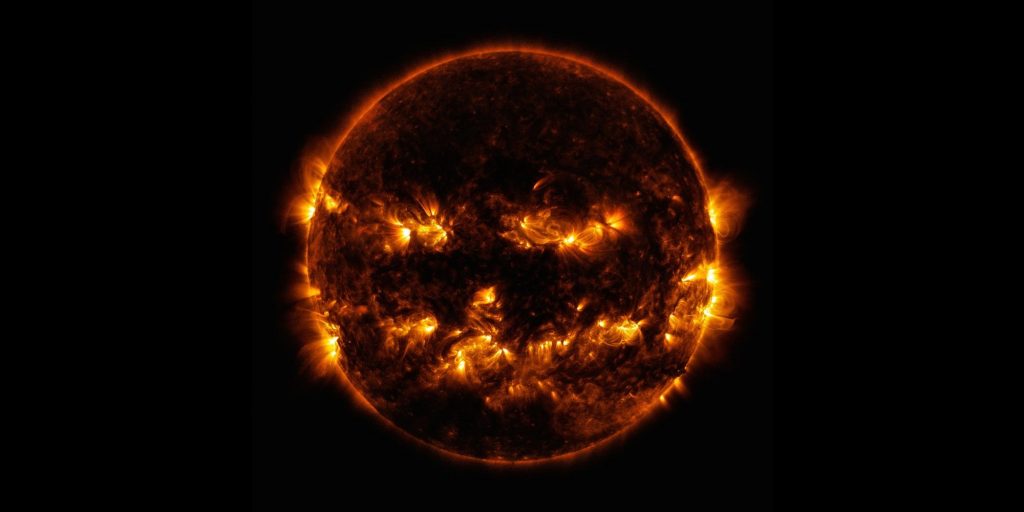
The sun is relatively quiet this Halloween with no significant solar flare or storm activity present this year. Never the less, scientists are busy tracking solar activity and forecasting what it’ll do at a little-known branch of the U.S. Government.
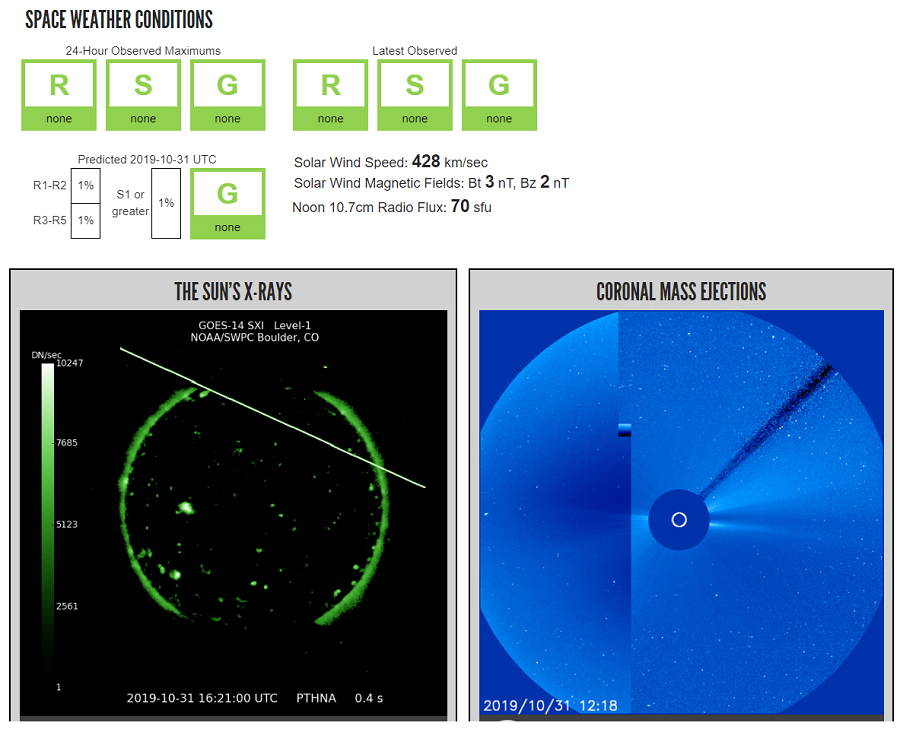
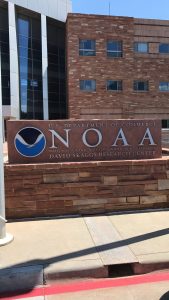
While typically known for their weather forecasts, the National Oceanic and Atmospheric Administration (NOAA) and its National Weather Service (NWS) is also responsible for “space weather.” While there are private companies and other agencies that monitor and forecast space weather, the official source for our alerts and warnings of the space environment is the Space Weather Prediction Center (SWPC). The SWPC is located in Boulder, Colorado and is a service center of the NWS, which is part of NOAA. The Space Weather Prediction Center is also one of nine National Centers for Environmental Prediction (NCEP) as they monitor current space weather activity 24/7, 365 days a year.
What exactly is the space weather prediction center and why is it important? The Space Weather Prediction Center essentially has meteorologists like we have for terrestrial weather but for space weather. Most of the forecasters do have an atmospheric science background or meteorology degree and they are in charge of monitoring real time space weather data that NASA satellites provide. Monitoring current solar activity is crucial for a few reasons: space weather impacts our climate, electric power grids, GPS systems, HF radio communications, satellite communication and alters satellite drag. Not only does the space weather prediction center employ forecasters but they also employ research scientists who are constantly doing research in the field of solar physics and are looking for ways to improve our space weather forecasting capabilities.
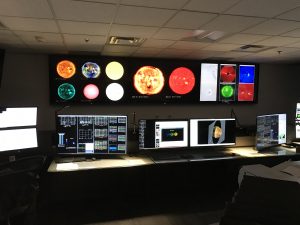
Now lets focus on some of the main agencies that are customers of the space weather prediction center and rely on their services.
Power grid operators rely heavily on the space weather prediction center due to the threat solar storms are to our power grid infrastructure. Geomagnetic storms can disrupt the power to your home and business. Coronal mass ejections (CMEs), a type of space weather, can cause geomagnetic storming at Earth which is capable of inducing extra currents in the ground that could result in the degradation of our power grid. When a CME hits Earth and currents are being induced into the power grid, power system operators need some sort of warning before it happens. This is where the Space Weather Prediction Center serves a crucial role; with as little as 15 minutes of warning, operators can protect their systems. Having that warning will allow the power grid operators to ensure they have the capacity to endure the extra currents or even shut down a transformer if it is too much.
Another set of customers that relies on the services of the Space Weather Prediction Center are commercial airlines. One main reason space weather is of importance to airlines is that solar flares, another type of space weather, are capable of degrading or blocking high-frequency radio waves which are critical for radio communication. During a radio blackout, which solar flares can cause, high-frequency communication outages can occur in the polar regions. With that being said, any airline flying a polar route will lose their high-frequency radio communication. This is why being notified by the forecasters at the Space Weather Prediction Center as soon as possible is crucial. Not only does space weather impact airlines communication capabilities but it also poses a threat in terms of radiation exposure. Solar storms can unleash bursts of radiation that can reach crew member and passengers, especially those taking a polar route. If forecasters see the possibility of airlines experiencing these high doses of extra radiation they will sometimes notify the airlines and reroute these polar flights. Flights that are diverted can be quite costly, it sometimes costs airlines up to $100,000 per flight if solar radiation levels causes them reroute.
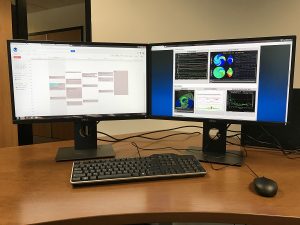
These are just a few examples of the major agencies who rely on the critical job the space weather prediction center does. There are many other agencies who rely on their services, such as NASA, that need to be notified when strong solar storms occur. In NASA’s case, they notify members aboard the International Space Station to seek shelter in certain areas where they are more protected from the radiation doses during space weather events. Satellite operators also need to be notified during strong solar events because satellites can be damaged from space weather and sometimes require operators to shut them down during events so they aren’t harmed.
Another audience of the Space Weather Prediction Center is the general public. The SWPC keeps the public up to date with current solar activity and helps to educate people on the complex field. They offer great educational content on their website that talks about all the different types of space weather phenomena and their impacts.